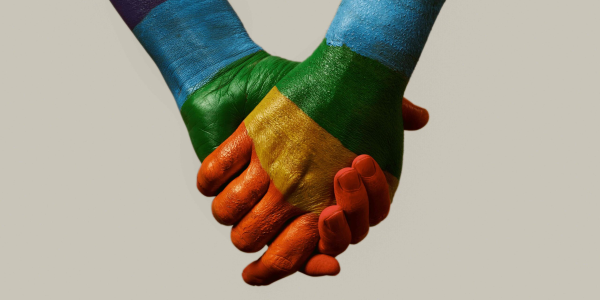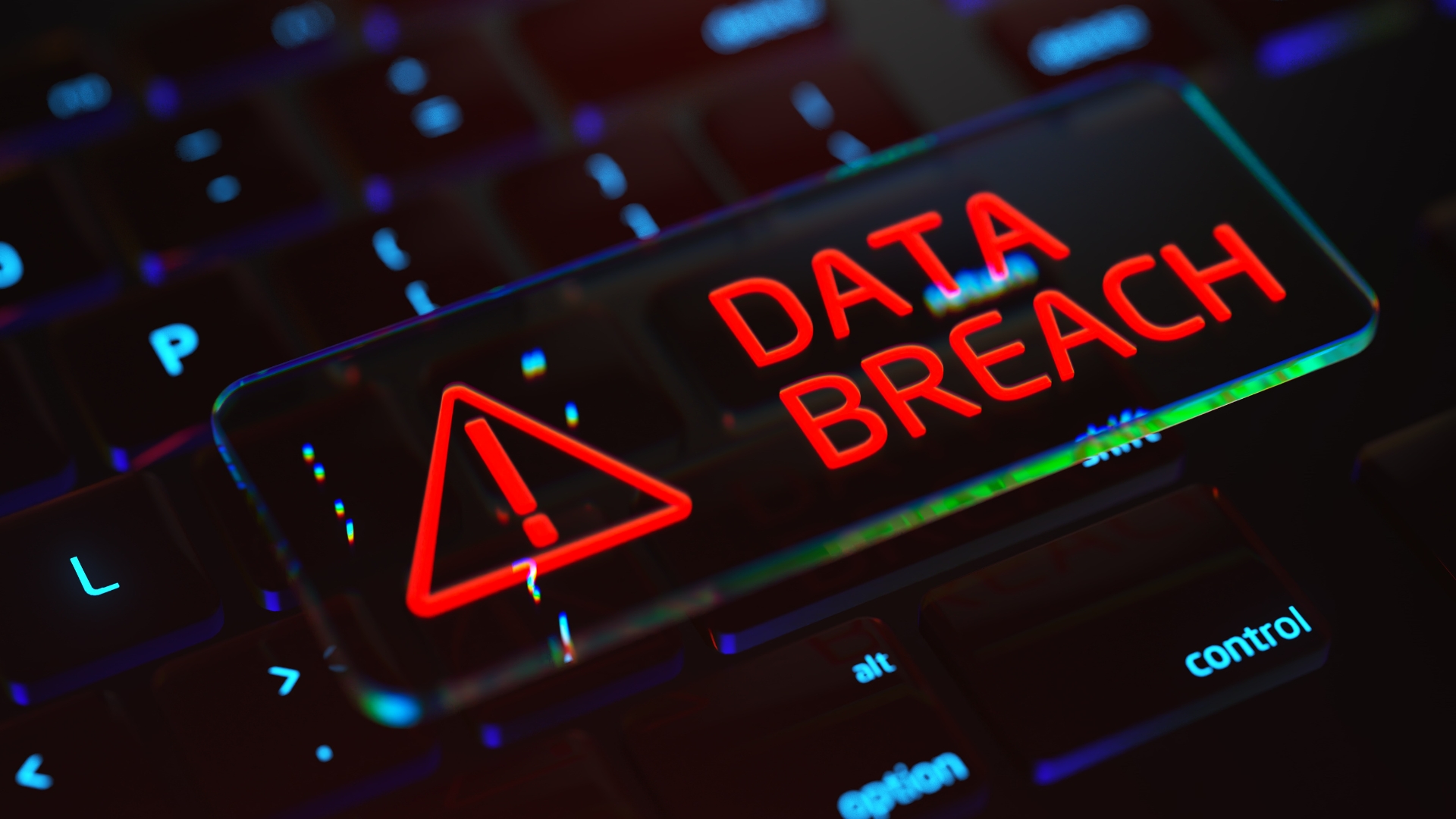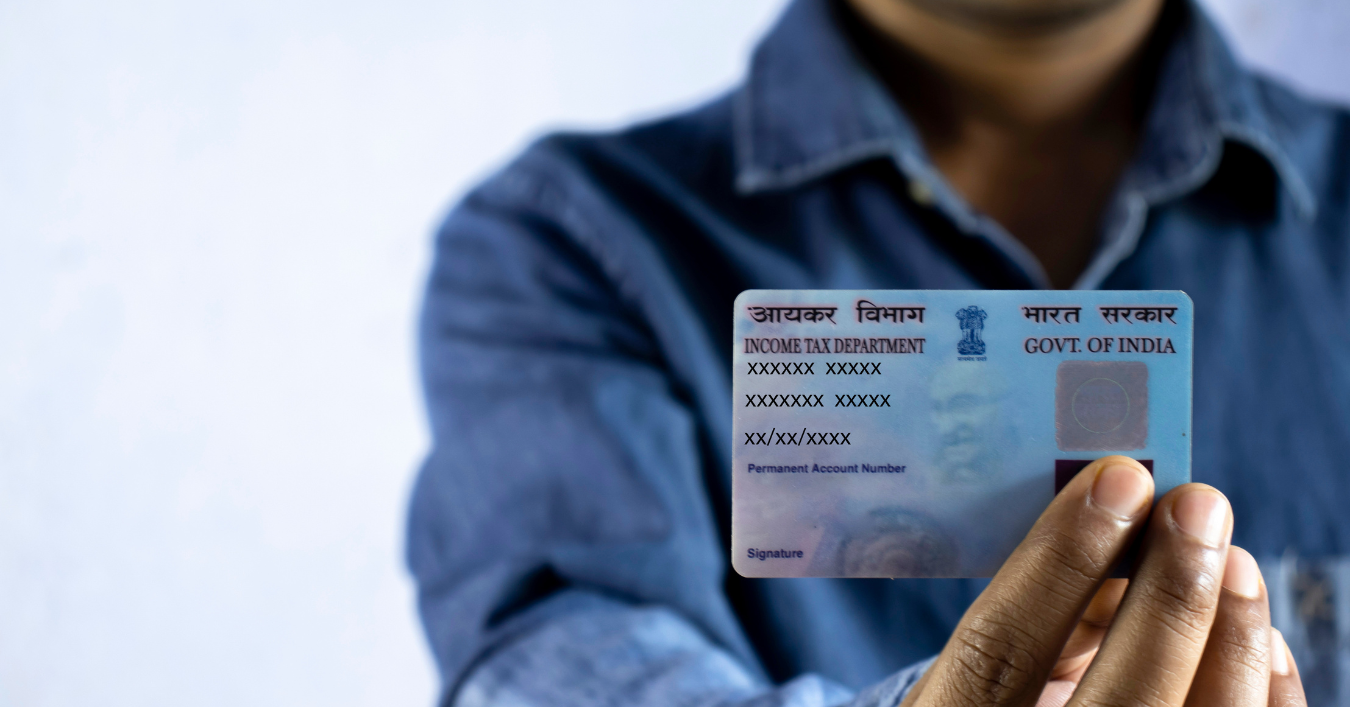The wheels of justice for LGBTQ+ equality have turned relatively slowly in India and predominantly in the last decade. It was a concerted thrust by members of the community, concerned parents, and civil society that turned out to be the catalyst in delivering this change. But the Supreme Court of India and the Legislature have played a pivotal role as well. Here is a succinct analysis of the momentous developments of the last decade that have affected the LGBTQ+ community.
Recognition of the “Third Gender” in NALSA v. Union of India (2014) 5 SCC 438
In 2014, members of the Transgender Community (TGs) were before the Supreme Court calling for a declaration to choose a gender identity different from the one assigned to them at birth. Recognising the trauma faced by the community and their sense of disempowerment at being unable to subscribe to the norm of gender binaries in society, the court held that Hijras (TGs) belonged to a distinct socio-religious and cultural group and ought to be considered a “Third Gender” apart from the male and female gender. This would allow for the safeguarding of their rights under Part III of our Constitution and the laws made by Parliament and the State Legislature. The court directed the Government to extend reservations to TGs for admission to educational institutions and public appointments, organise their medical care, and provide separate public toilets and other facilities to them.
Protection of Right to Privacy extended to Sexual Orientation in KS Puttaswamy v. Union of India (2017) 10 SCC 1
In 2017, the Supreme Court was hearing a clutch of petitions challenging the constitutional validity of the Aadhar scheme that claimed that the mandatory collection of biometric data violated an individual’s right to privacy. A 2014 Supreme Court decision (Suresh Kumar Koushal v. Naz Foundation) squarely covered the question of the right to privacy vis-à-vis a person’s sexual orientation. The challenge to the constitutional validity of Section 377 of the IPC (provision criminalising homosexuality) had been rejected by the court in this case. The reason was that only a minuscule fraction of the country’s population made up the LGBTQ+ and less than 200 had been prosecuted under Section 377 IPC over the years. However, in the Puttaswamy case, the Supreme Court took the view that sexual orientation was an essential attribute of privacy, so it must be protected equally by the law. Reaching a conflicting view to Suresh Kumar Koushal, the Supreme Court held that the infringement of a fundamental right (the right to privacy of LGBTQ+) would not be rendered tolerable when a few, as opposed to a large number, are subjected to hostile treatment. The decriminalisation of homosexuality was already pending before a constitutional bench; therefore, the Supreme court did not comment further on this issue.
Decriminalisation of consensual homosexuality in Navtej Singh Johar v. Union of India (SC) (2018) 10 SCC 1
The Supreme Court deliberated on the question of decriminalisation of Section 377 IPC once again when it heard a spate of writ petitions filed by civil society members. The petitions sought a declaration that the “right to sexuality”, “right to sexual freedom” and “right to a sexual partner” were all part of the right to life protected by Article 21 of the Constitution. A constitutional bench of 5 judges heard the petitions as opposed to the 2-judge bench in Suresh Kumar Koushal. The court concluded that sexual identity, sexual orientation, sexual freedom, sexual privacy, choice of partner and sexual health were all a part of liberty, dignity, equality, autonomy, privacy and freedom of expression secured to all individuals including persons belonging to the LGBTQ+ community. Section 377 was held to be unconstitutional, to the extent it criminalised consensual sexual acts between two adults, regardless of whether they were heterosexual or LGBTQ+ or similarly placed. All non-consensual acts, however, remained criminal acts. The Court added that Section 377 was criminalising a set of identities (LGBTQ+) instead of an act (behavior), that was not permissible under law. The Court went on to say that every individual has the right to seek a union under Article 21 of the Constitution. Therefore, persons of LGBTQ+ may also seek a union/companionship, be it physical, mental, sexual or emotional. Whether this would enable persons of the LGBTQ+ community to get married to persons of the same sexuality remains unsettled, however. There are several petitions before the Delhi High Court, with same-sex couples requesting recognition of their marriage under the Hindu Marriage Act, the Special Marriage Act, etc.
The Transgender Persons (Protection of Rights) Act, 2019
On January 10, 2020, the Transgender Persons (Protection of Rights) Act came into effect. It proscribes discrimination against transgenders (TGs) and protects their rights, notably the right to reside and be included in their household. It also directs the Government to take steps for the welfare of TGs such as arranging for their health, education, employment, rescue and rehabilitation, etc. The Act defines a transgender person as a person whose gender does not match the gender assigned to them at birth. This includes a trans-man or trans-woman, irrespective of whether such a person has had Sex Reassignment Surgery or hormone therapy or laser therapy or such other therapy or not. Under the Act, TGs can apply for a certificate of identity, use it as proof and even request a fresh certificate if they change their gender in the future. While a step in the correct direction, the Act is still lacking in truly empowering the Transgender community or in even in implementing the directions of the Supreme Court in the NALSA judgement. There is no reference to their right to marriage, adoption, or any other personal rights. Also, even though the TGs are historically one of the most marginalised and persecuted groups, the Act has no provisions for reservations in educational institutions or public appointments. Read on to find out how a young lawyer understands these developments and what he thinks is still missing in India’s quest to bring LGBTQ+ acceptance.
How do the latest legal developments translate into reality for the LGBTQ+ community?
By Sagnik Mukherjee (B.A. LL.B.)
The Apex court’s verdict on September 6, 2018, in Navtej Singh Johar, validating the rights of LGBTQ+ persons, was a watershed moment in our nation’s collective history. Despite the Constitution of India prohibiting discrimination based on sex and the fact that a wide spectrum of sexuality has been present in this country since ancient and medieval times, the LGBTQ+ community has faced and continues to face harassment and various forms of exclusion in their daily lives.
Are the changes in the laws adequate for safeguarding the rights of the LGBTQ+ community?
The tides are changing quickly, and the present laws no longer belittle a person’s choice of partner or lifestyle, unlike its colonial counterparts, that reeked of prejudice. Even so, there still lies a long uphill climb for the LGBTQ+ community to homogenize successfully with society. For instance, the present laws on workplace harassment, such as The Sexual Harassment of Women At Workplace (Prevention, Prohibition and Redressal) Act, 2013, and Equal Remuneration Act, 1976, do not consider the rights of LGBTQ+ persons. Even The Transgender Persons (Protection of Rights) Act, 2019 – a welcome effort to relieve some of the human rights violations faced by TG persons –suffers from significant lacunas, as mentioned above.
What can you and I do to safeguard LGBTQ+ rights?
The Apex Court’s judgement, in essence, is much like the Renaissance. Individuals now stand empowered to interpret and challenge customary ideas and practices, in this case, against the discrimination of the LGBTQ+ community. However, the doctrine of separation of powers restricts the judiciary from making any laws, and the rights of the LGBTQ+ community squarely depend on legislative intervention.
The LGBTQ+ positive laws are at a nascent stage in India. While the union government has taken a proactive approach in pushing for favourable regulations, states are also setting LGBTQ+ positive examples of their own accord. A good example is Kerala, which has recently announced a 1% reservation for TGs in state-owned jobs. But the need for more wide-ranging anti-discriminatory laws keeps cropping up across sectors. The best way to usher in a wave of acceptance would be for lawyers, research organizations, activists, corporations, etc., to draft and fine-tune policies together and educate the common public. Rainmaker Training is on a mission to spearhead this change. Increasing awareness with our blogs, hosting webinars where experts shed light on LGBTQ+ persons’ challenges and rights, and our short-film based modules on
Diversity, Equity and Inclusion
are powerful resources for the interested. In addition, our upcomingMicrolearning modules
on LGBTQ+, Pronouns, and Allyship will be available this year. Stay tuned!Author: Pallavi Mohan Editor: Sumali Nagarajan
DISCLAIMER – No information contained in this website may be reproduced, transmitted, or copied (other than for the purposes of fair dealing, as defined in the Copyright Act, 1957) without the express written permission of Rainmaker Online Training Solutions Pvt. Ltd











